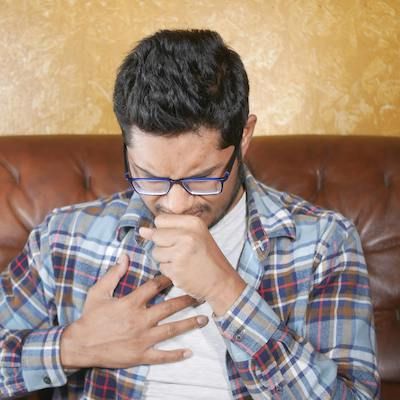Publication
Article
Internal Medicine World Report
Tools to Improve Asthma Care in Primary Care: Translating Guidelines into Practice
Tools to Improve Asthma Care in Primary Care: Translating Guidelines into Practice
By Wayne Kuznar
Washington, DC—A resource program designed to assist primary care physicians in the management of asthma was recently created by the American Academy of Family Physicians (AAFP) and presented at a conference in Washington, DC. The first component of the program, a year-long learning and improvement collaborative that involved 13 primary care practices across the country, achieved measurable improvements in childhood asthma care for the collaborative’s participating practices.
Asthma is a many-faceted chronic disease, for which clinical care guidelines have been written but are not being translated into everyday practice, said Barbara Yawn, MD, Msc, director of research at Olmstead County Medical Center, Rochester, Minn.
Missing in the translation of the National Asthma Education and Prevention Program (NAEPP) guidelines is information about how to apply details about diagnosis and management in practice to real patients, she noted. “The guidelines seem to lack relevance to primary care in the way they’re presented,” she said. “Physicians have trouble figuring out how to incorporate them into their practice.”
Physicians often complain that asthma severity classifications don’t fit their patients, said Dr Yawn. Mild asthma, for example, covers a broad spectrum of patients from those who have symptoms once or twice a week to patients who are symptomatic daily. “These are most of the patients with asthma, and they’re all lumped together under the guidelines,” she said.
In addition, the guidelines recommend spirometry tests be done at the initial assessment, after treatment is initiated and symptoms have stabilized, and at least every 1 to 2 years to assess maintenance of airway function, yet “a lot of physicians’ offices don’t have spirometers,” said Dr Yawn.
“In short, asthma care hasn’t improved even though guidelines have been around for a decade,” said Dr Feigin.
The Asthma and Allergy Resource Guide was designed to provide support in implementing the NAEPP’s treatment guidelines. The guidelines have been formatted and programmed for a personal digital assistant [PDA] for optimal use in the primary practice setting.
The resource program was created because “most members thought they were doing a great job of managing asthma,” said Ms Susanna Guzman, manager of special projects at the AAFP in Kansas City. In reality, the treatment of asthma in the primary care office is variable because of the complexities of treatment, with some patients being overtreated and others undertreated, said Dr Yawn. “We want to reduce the gap between the evidence and actual practice,” she noted.
The current asthma treatment guidelines state that the generally preferred ongoing treatment is a single inhaled corticosteroid for patients with persistent asthma. Once control of asthma is achieved for several weeks or months, step-down therapy is appropriate to identify the minimum therapy for maintaining control. “In general, the last medication added to the medical regimen should be the first medication reduced,” according to the guidelines. Most patients with persistent asthma will relapse if inhaled corticosteroids are withdrawn completely.
Outcomes data from a year-long learning and improvement collaborative that involved 13 large and small group practices across the country were presented here by James Stout, MD, of the University of Washington, Seattle, and vice president of the National Initiative for Children’s Healthcare Quality.
The project included 3 learning sessions, each followed by trial periods of implementing and testing changes. “We found that use of guidelines quickly and dramatically improved, and were used consistently,” said Dr Stout. “Appropriate patients were consistently given inhaled corticosteroids.”
The percentage of asthma visits at which severity was classified was 37.5% at baseline, and improved to as high as 96.7% at 8 months. The use of asthma action plans also improved; the percentage of asthma visits during which patients with persistent asthma received an updated written asthma management plan improved from 26.5% at baseline to 83.0% at 1 year. Also, the percentage of persistent patients on anti-inflammatory medications increased from 87.1% to 100% at 1 year.





